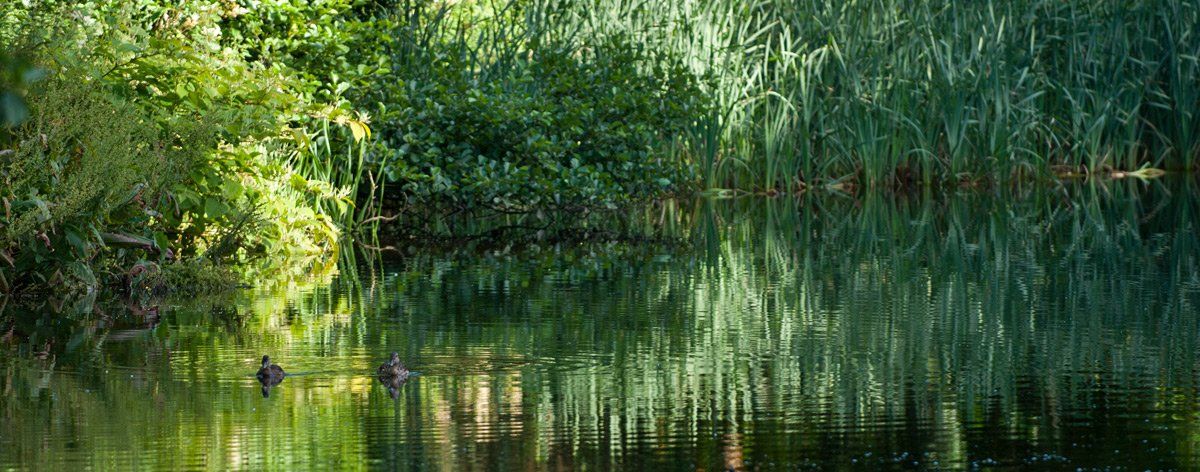The building was originally designed by the renown architect James Wyatt, its construction and additional designs were overseen by the architect Michael Shanahan under the Bishop's watchful eye, Michael Shanahan is recorded as designing and overseeing the construction of Mussenden Temple and on the Bishops request, modeled it on the Temple of Vesta at Tivoli in Italy. The Earl Bishop combined his love for travel with a passion for collecting art and antiquities, every journey saw him return with art and artifacts. He commissioned and paid for excavations in Italy to find rare marbles and other items for his collection and tried to buy the original Temple of Vesta which he planned to dismantled and rebuilt at Downhill. This was turned down by the Vatican, so he had his own built from scratch as a library overlooking Downhill beach.
Interestingly an archaeological digs at Downhill in 2009 uncovered a sculpture of a Roman Head which is believed to date to AD 160-190 and is either Emporer Marcus Aurelius or his son Commodus, no doubt an artefact brought back from one of his many journeys. During his life he amassed a large and priceless collection of art, at one time or another works by Rubens, Caravaggio, Tintoretto, Titian, Raphael, Rembrandt and many more graced the walls of Downhill. He was a great patron to the arts, commissioning works from many of the emerging artists of the time.
You can easily see why C.S. Lewis as a young child found so much inspiration and imagination from this area, the dramatic Lion’s Gate must have looked awesome to 'Jack' as a small boy, the winding pathway through the glen and hedgerows back to Castlerock. The old Churchyard at Downhill is one of the oldest local Christian sites which is believed to have been founded by Saint Adamnan. After an invading army defeated the Irish at a battle in Dunboe in 1182, they took the Gospels of St. Martin from the church, these were later recovered and preserved in Londonderry.







